Smart pot mix, lets have some fun
stimey
10 years ago
Related Stories

GREEN BUILDINGLet’s Clear Up Some Confusion About Solar Panels
Different panel types do different things. If you want solar energy for your home, get the basics here first
Full Story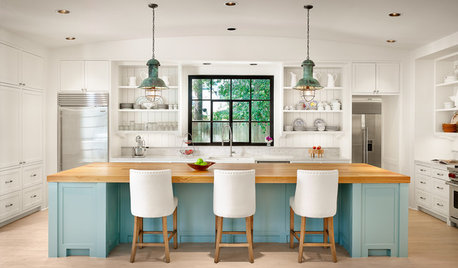
MOST POPULARHouzz TV: Let’s Go Island Hopping
Sit back and enjoy a little design daydreaming: 89 kitchen islands, with at least one for every style
Full Story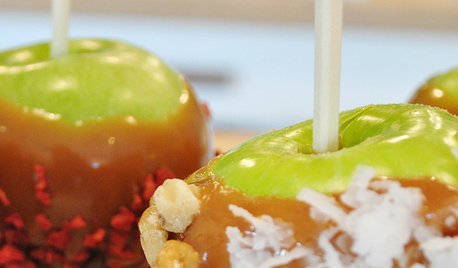
SHOP HOUZZShop Houzz: Bake Up Some Fun With Duff Goldman
Find everything you need for holiday baking right here, along with tips and a caramel apple recipe from the ‘Ace of Cakes’ star
Full Story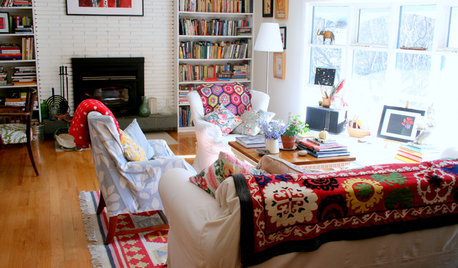
ACCESSORIESFinish Your Look With a Fun Mix of Textiles
Why box yourself into a design corner when you can spread out ever-changing throws, rugs and even bags?
Full Story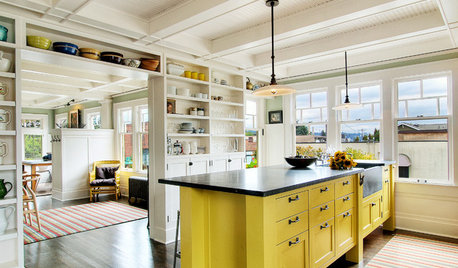
KITCHEN DESIGNHow to Lose Some of Your Upper Kitchen Cabinets
Lovely views, display-worthy objects and dramatic backsplashes are just some of the reasons to consider getting out the sledgehammer
Full Story
SAVING WATERHouzz Call: Are You Letting Go of Your Lawn?
Many facing a drought are swapping turf for less thirsty plantings. If you’re one of them, we’d like to hear about it
Full Story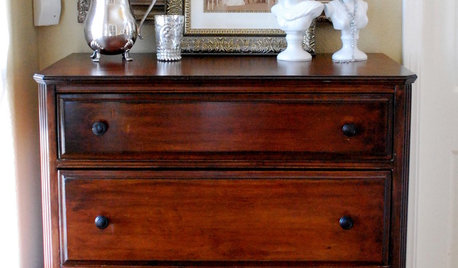
FURNITUREAntiques Shopping? Let Love Guide Your Search
If discovering aged treasures is your passion, you’re not alone. Find a kindred spirit and his buying tips here
Full Story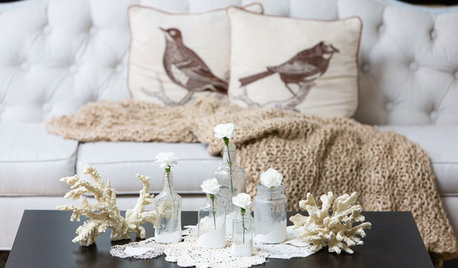
DECORATING GUIDESBudget Decorator: Let’s Go Thrifting
Dip into the treasure trove of secondhand pieces for decor that shows your resourcefulness as much as your personality
Full Story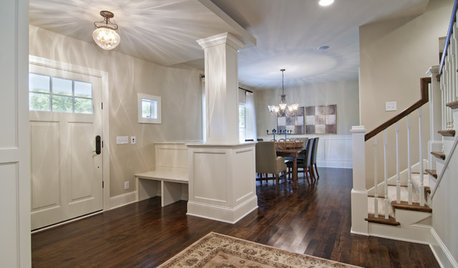
THE HARDWORKING HOME6 Smart Ways to Work Your Square Footage
The Hardworking Home: From Juliet balconies to movable walls, here’s how to make a home of any size feel more open, flexible and fun
Full Story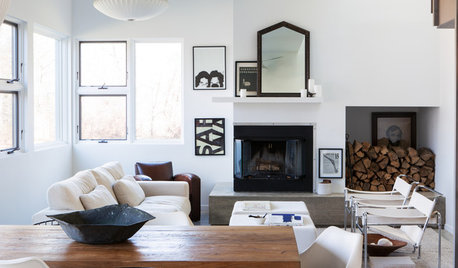
DECORATING GUIDES11 Smart Decorating Ideas for Wall Niches
Don’t let an unusual wall space get you down. Fight back with shelves, plants, firewood, bright colors and more
Full StoryMore Discussions








Ernie
stimeyOriginal Author
Related Professionals
Reading Landscape Architects & Landscape Designers · Elgin Landscape Contractors · Broomfield Landscape Contractors · Lyndhurst Landscape Contractors · Ridgewood Landscape Contractors · Saint John Landscape Contractors · Vacaville Landscape Contractors · Welby Landscape Contractors · East Lake Solar Energy Systems · Decatur Window Contractors · Farragut Window Contractors · Castro Valley Fence Contractors · Cicero Fence Contractors · Columbia Fence Contractors · Whittier Fence Contractorsgreenman28 NorCal 7b/8a
stimeyOriginal Author
greenman28 NorCal 7b/8a
stimeyOriginal Author
stimeyOriginal Author
greenman28 NorCal 7b/8a
stimeyOriginal Author
greenman28 NorCal 7b/8a
Ohiofem 6a/5b Southwest Ohio
lucillle
Ohiofem 6a/5b Southwest Ohio
lucillle
Ohiofem 6a/5b Southwest Ohio
stimeyOriginal Author
Ohiofem 6a/5b Southwest Ohio
lucillle
Ohiofem 6a/5b Southwest Ohio